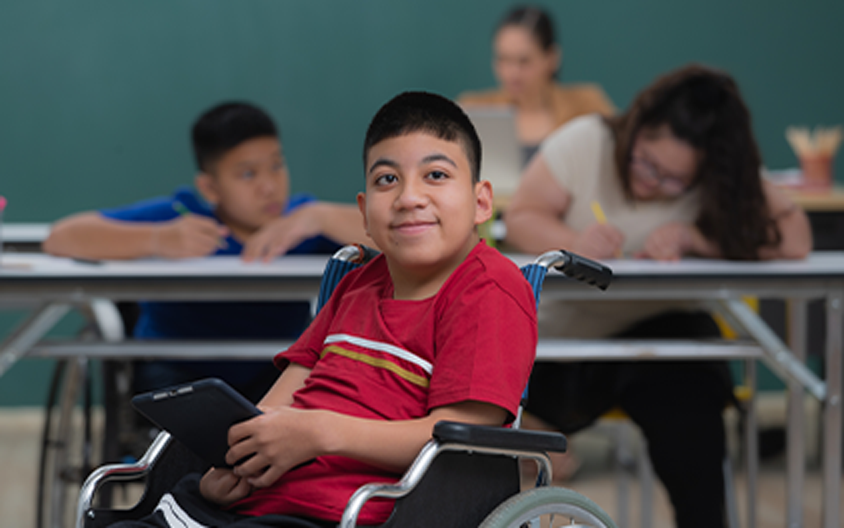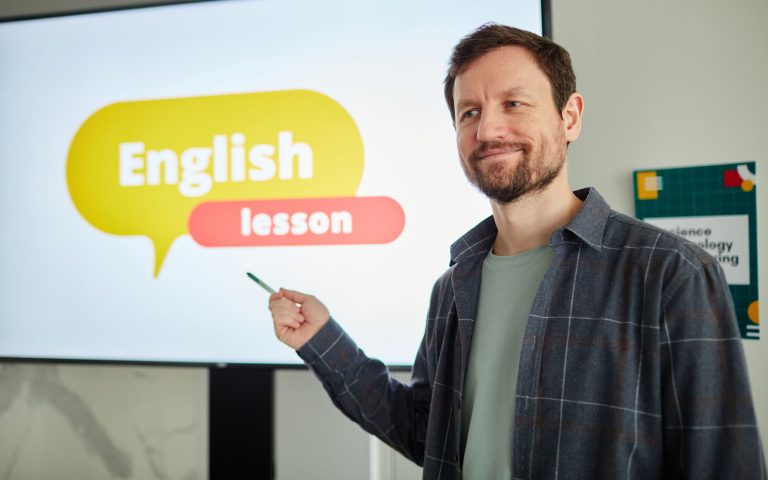Written by Liau Alex
An Individualized Education Program (IEP) is a documented outline of an educational plan specifically crafted to cater to a child’s unique needs. It’s a must-have for every child benefiting from special education services, a mandate set forth by the Federal law called the Individuals with Disabilities Education Act (IDEA). The process of creating a PEP should be both personalized and equitable, leading to a tailored plan that maps out the necessary steps, goals, and personalized learning strategies essential for that specific child to achieve their full potential.
Embarking on the path of an Individualized Education Program (IEP) opens doors to tailored educational support. Let’s delve into the seven crucial steps that guide this process, ensuring each child’s unique learning needs are met with precision.
1. Referral
IEP journey begins with a referral, a key step initiated by either the school district or the parents. The triggers for this stage vary, often linked to concerns like struggles in academic performance, ongoing behavior challenges, or disruptions in their learning environment.
2. Eligibility
Following the child’s referral and with the parent’s consent, a dedicated team carries out an evaluation. The gathered information from this assessment helps categorize those with a disability who qualify for special education services under IDEA (Individuals With Disabilities Education Act).
The IEP committee then takes the reins, crafting various components of the services needed to design and implement a fitting educational framework. For students who don’t meet the criteria for special education services, the traditional classroom setting remains their learning space.
In cases where parents disagree with the evaluation outcomes, they have the right to request a hearing to contest the eligibility decision.
3. IEP Meeting
After confirming eligibility for services, the next step for the IEP team is to arrange a meeting within 30 calendar days to create an Individualized Education Program (IEP) for the child. The IEP coordinator takes charge, reaching out to parents in advance to coordinate a meeting time and place that suits both school representatives’ and parents’ schedules.
The coordinator also keeps the communication lines open with all meeting attendees, emphasizing to parents that they have the option to invite individuals with valuable insights or expertise about the child—whether it’s a teacher, specialist, therapist, or anyone advocating for the child on a personal level.
4. Development of the IEP
In the IEP team meeting, the child’s Individualized Education Program (IEP) takes shape. Together, the team identifies the resources the child needs, pinpoints their unique learning style, and sets both short-term and long-term goals.
Before the school system can kickstart providing special education and related services to the child, the crucial step of parental consent must be obtained. Once this green light is given, the child promptly begins receiving the tailored services outlined in the meeting.
5. Implementation
Services for the child kick in post-IEP meeting, and parents are handed a copy of the Individualized Education Program (IEP). Every teacher and service provider involved with the child has access to the IEP, understanding their specific roles in implementing it. This encompasses the accommodations, modifications, and supports that align with the details outlined in the IEP.
6. Progress Monitoring
Progress on the child’s Individualized Education Program (IEP) goals is essential, and it should be regularly measured and communicated to parents or guardians. This reporting aligns with the usual distribution time of report cards. However, beyond the formal progress reports, more frequent updates on how the child is progressing towards their IEP goals can be provided.
7. Evaluation
The student’s Individualized Education Program (IEP) undergoes a mandatory review at least once per school year in an IEP meeting. Additional meetings can be requested by either the parents or the school as needed. These reviews serve the crucial purpose of evaluating whether the child is making progress toward their educational goals.
If it’s found that the goals aren’t being met, the IEP is revised to better address the child’s needs. Conversely, if the child is not only meeting but exceeding their IEP goals, new milestones are established. In some instances, this stellar progress may lead to the child transitioning back into a traditional classroom setting.
As the IEP process unfolds, celebrating individual achievements becomes a testament to the power of tailored education. Looking forward, each child’s unique journey continues to be shaped by collaborative efforts, ensuring a supportive and enriching educational experience.
Struggling to craft an effective IEP for your child? You can learn more from my various online courses which will empower you to do as such!
About The Author
Liau Alex obtained his degree in Psychology from the National University of Singapore and specialises in childhood disorders, specifically learning and behavioural difficulties. He has many years of experience working with children exhibiting a wide array of learning and behaviour challenges, many of whom have been diagnosed with autism spectrum disorder (ASD).
As an author, Alex has two titles published by Future Horizons Inc. (USA), the world leader in autism and sensory resources. Schools worldwide have used his books for inclusive education and parent training for children with special needs. Titles under his name include School Shadow Guidelines (2015) and A Parent’s Guide to Early Intervention (2021).
Alex received training on early intensive behavioural intervention (EIBI) in Australia and subsequently went to the USA, where he received relationship development intervention (RDI) training under Dr Steven Gutstein and Dr Rachel Sheely. He has presented in Australia, Houston, and Singapore and has also been invited to participate in media interviews. Furthermore, he has worked with clients from across the globe, including China, Taiwan, Australia, the United Kingdom, and the United States.








